.xxxxx file virus
Deleting .xxxxx file virus In Just Few Steps
.xxxxx file virus causes following error 0x0000010F, 0x8024E006 WU_E_EE_INVALID_ATTRIBUTEDATA An expression evaluator operation could not be completed because there was an invalid attribute., 0x8024C005 WU_E_DRV_MISSING_ATTRIBUTE The driver update is missing a required attribute., 0x0000005C, 0x0000000A, Error 0xC1900101 - 0x30018, 0x80244019 WU_E_PT_HTTP_STATUS_NOT_FOUND Same as HTTP status 404 - the server cannot find the requested URI (Uniform Resource Identifier), 0x8024E005 WU_E_EE_NOT_INITIALIZED The expression evaluator could not be initialized., 0x80244015 WU_E_PT_REFRESH_CACHE_REQUIRED The reply from the server indicates that the server was changed or the cookie was invalid; refresh the state of the internal cache and retry., 0x000000EB, 0x0000000D, 0x8024002A WU_E_MISSING_HANDLER A component required to detect applicable updates was missing., 0x80248001 WU_E_DS_INUSE An operation failed because the data store was in use., 0x00000071, 0x8024600B WU_E_DM_CONTENTCHANGED A download must be restarted because the update content changed in a new revision.Easy Steps To Get Rid Of .xxxxx file virus From Infected Windows System
.xxxxx file virus is detected as a perilous Windows System threat which can harm your Windows System data and files very badly. It intrudes your Windows System silently and secretly so that you will not identify its presence easily and it can spread itself as much as possible. It can corrupt your data and make it inaccessible. Moreover, it can cause your Windows System to degrade its performance and applications to respond slowly.
You can infect your Windows System in many ways like when you open a spam email, visit some unknown and untrusted site, clicking malicious ads or pop-ups and many other ways. But one important method used by .xxxxx file virus is bundling method in which it gets installed directly with the installation of free downloads. On its arrival into the system, it can almost disturbs the internal settings and functioning of the Windows System. Hence, if you find such malware into the Windows System, you need to Get Rid Of it.
Guide 1 : Block .xxxxx file virus From Chrome In Windows System
Guide 2 : Block .xxxxx file virus From Control Panel In Windows System
Guide 3 : Block .xxxxx file virus From Registry Entry In Windows System
Guide 4 : Block .xxxxx file virus From Task Manager In Windows System
Guide 5 : Guides To Start Windows System In Safe Mode
Best Way To Effectively Get Rid Of .xxxxx file virus From Your Windows System
Guide 1 : Block .xxxxx file virus From Chrome In Windows System
From Internet Explorer -
- Click on Gear icon to open Tools menu in the Internet Explorer window.
- Click on Manage Add-ons option.
- Goto Toolbars and Extensions tab.
- Locate .xxxxx file virus related add-ons - > Disable button.
- Click More information button and finally click on Get Rid Of button to completely Get Rid Of .xxxxx file virus.

From Google Chrome -
- At first, launch the Google Chrome browser.
- Click on gear icon present in your browser to open Chrome menu.
- Click on Tools option.
- Click on Extension.
- Select all unwanted extensions.
- Click on trash bin icon to Get Rid Of .xxxxx file virus.

From Mozilla Firefox -
- Click on the Menu icon present at the top right corner of the browser.
- Select Add-ons option.
- In the Add-ons window, choose the Extensions or Appearance panel.
- Select add-on related to .xxxxx file virus which you want to Get Rid Of.
- Click the Remove button.
- Click Restart if it asks.
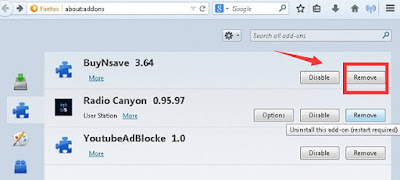
From Microsoft Edge -
- Click on More (...) icon and click Settings then.

- Now, select A specific page or pages under the Open with option.
- Again, select Custom option.
- Type the URL of the page you want to set as your browser's default homepage.

Guide 2 : Block .xxxxx file virus From Control Panel In Windows System
For Windows XP
- Click on Start button and click Control Panel.

- Select Add or Remove Programs option.

- Find and Get Rid Of .xxxxx file virus related programs in the window that appears.

For Windows 7
- Press Window key present on the keyboard.
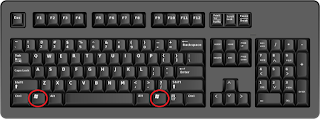
- Click Control Panel option from the menu.

- A Control Panel window appears from where click on Programs option.

- Select executable file of .xxxxx file virus.
- Click on Uninstall option.

For Windows 8
- Open run box by pressing Window+R keys together.
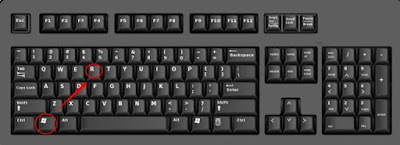
- Type control panel and hit Enter key.

- Click on Get Rid Of a Program.

- Then select all the programs related to .xxxxx file virus.
- Click Uninstall option.

For Windows 10
- Click on Start button.
- Select Settings option present in the bottom left corner of the screen.
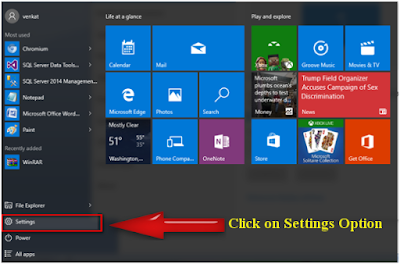
- Select System option under Setting.

- Click on App & Features option.
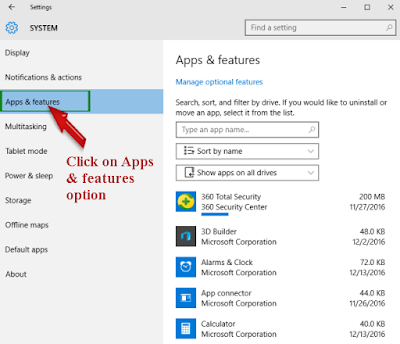
- Now, Get Rid Of all the unwanted program.
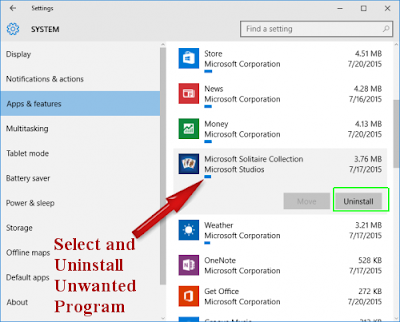
Guide 3 : Block .xxxxx file virus From Registry Entry In Windows System
- Press 'Windows+R' keys to open Run box.
- Type 'regedit' in the box and click OK button.
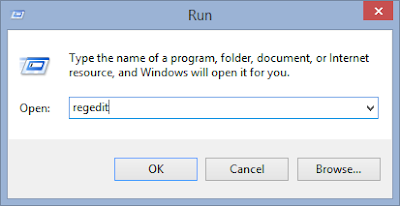
- Find out Get Rid Of all the registry files related to .xxxxx file virus.
HKEY_LOCAL_MACHINEWindows SystemCurrentControlSetServicesWpm
HKEY_CURRENT_USERSoftwareMicrosoftInternet ExplorerMain “Default_Page_URL”
HKEY_LOCAL_Machine\Software\Classes.xxxxx file virus
HKEY_CURRENT_USER\Software\Microsoft\Windows\CurrentVersion\Run “.exe”
HKCU\Software\Microsoft\Windows\CurrentVersion\Internet Settings\random
HKEY_LOCAL_MACHINE\SOFTWARE\Microsoft\Windows\CurrentVersion\run\random
HKEY_CURRENT_USER\Software\Microsoft\Windows\CurrentVersion\Internet Settings “CertificateRevocation” = ’0
Guide 4 : Block .xxxxx file virus From Task Manager In Windows System
- Press Alt + Ctrl + Delete keys altogether to open task manager.

- In the window, click on Process tab.
- Select the unwanted processes running.

- Click on End Process.
Guide 5 : Steps To Start Windows System In Safe Mode
In windows XP/Vista/7 -
- Click on Start icon.
- Place the mouse on Shutdown button and then click on Restart button.
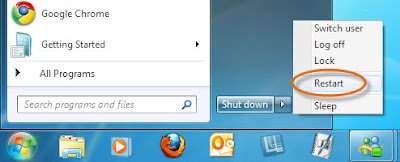
- Keep pressing F8 button when the Windows System starts booting-up.
- Select 'Advance boot menu' present on the screen.
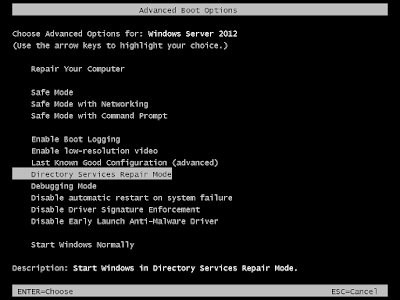
- Select 'Safe Mode With Networking' option and press Enter key.
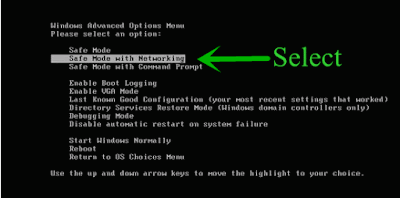
In windows 8/10 -
- Click on Start button and press Shift key at the same time.
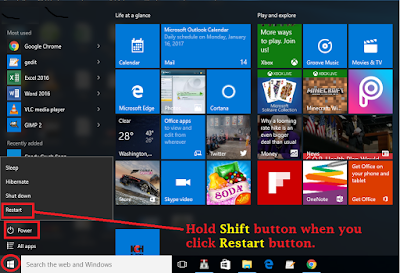
- Click on Restart button and click Troubleshoot option.
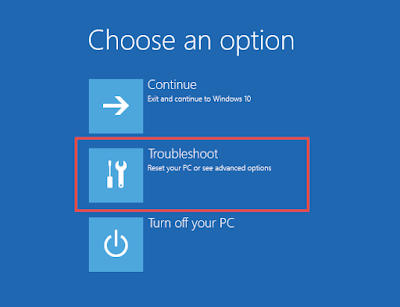
- Click on 'Advanced option' -> Startup Settings.
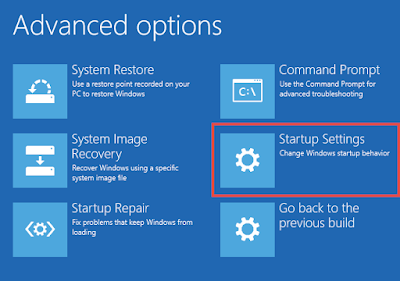
- Choose 'Enable Safe Mode' option from the given list and click on Restart.
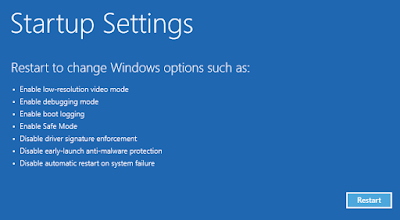
- Press F5 button to choose 'Safe Mode With Networking' mode.
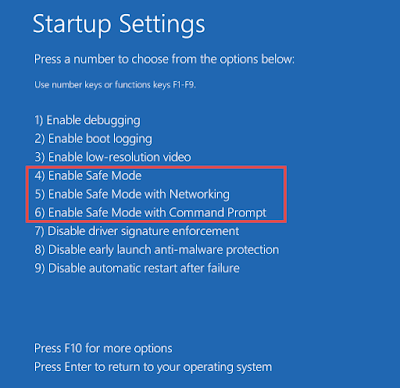

No comments:
Post a Comment